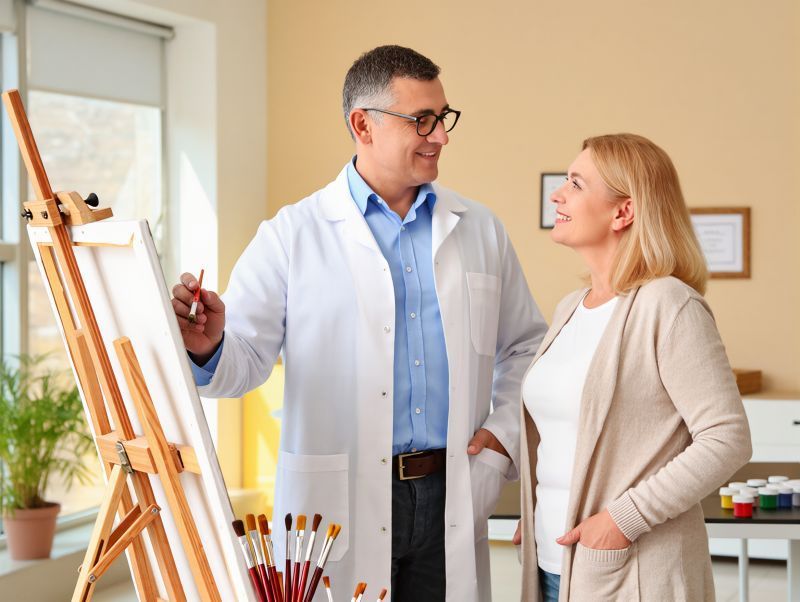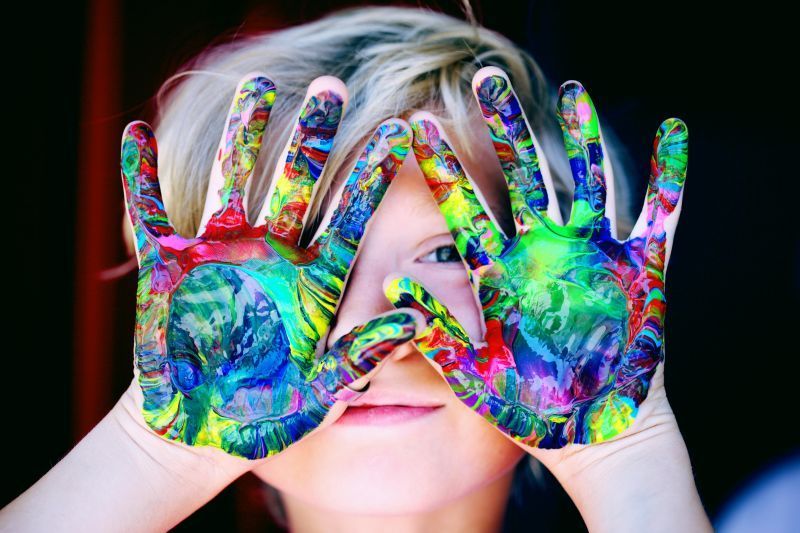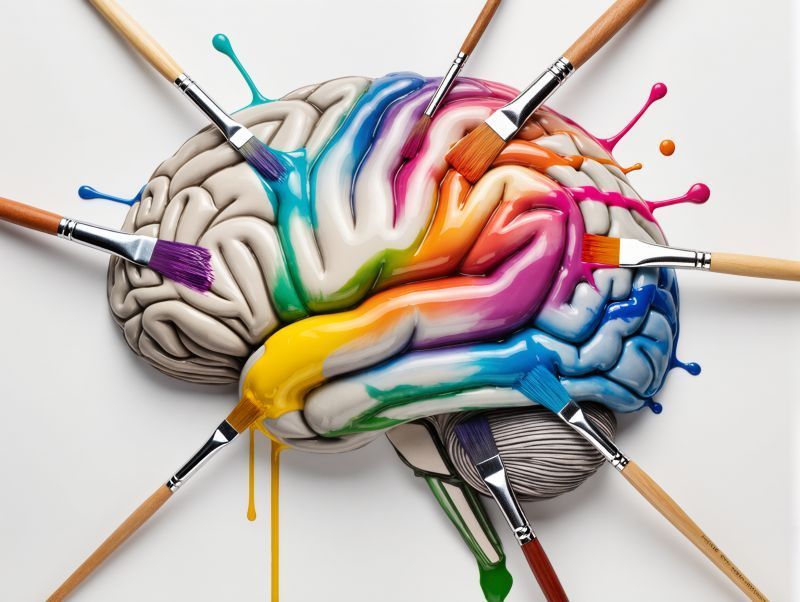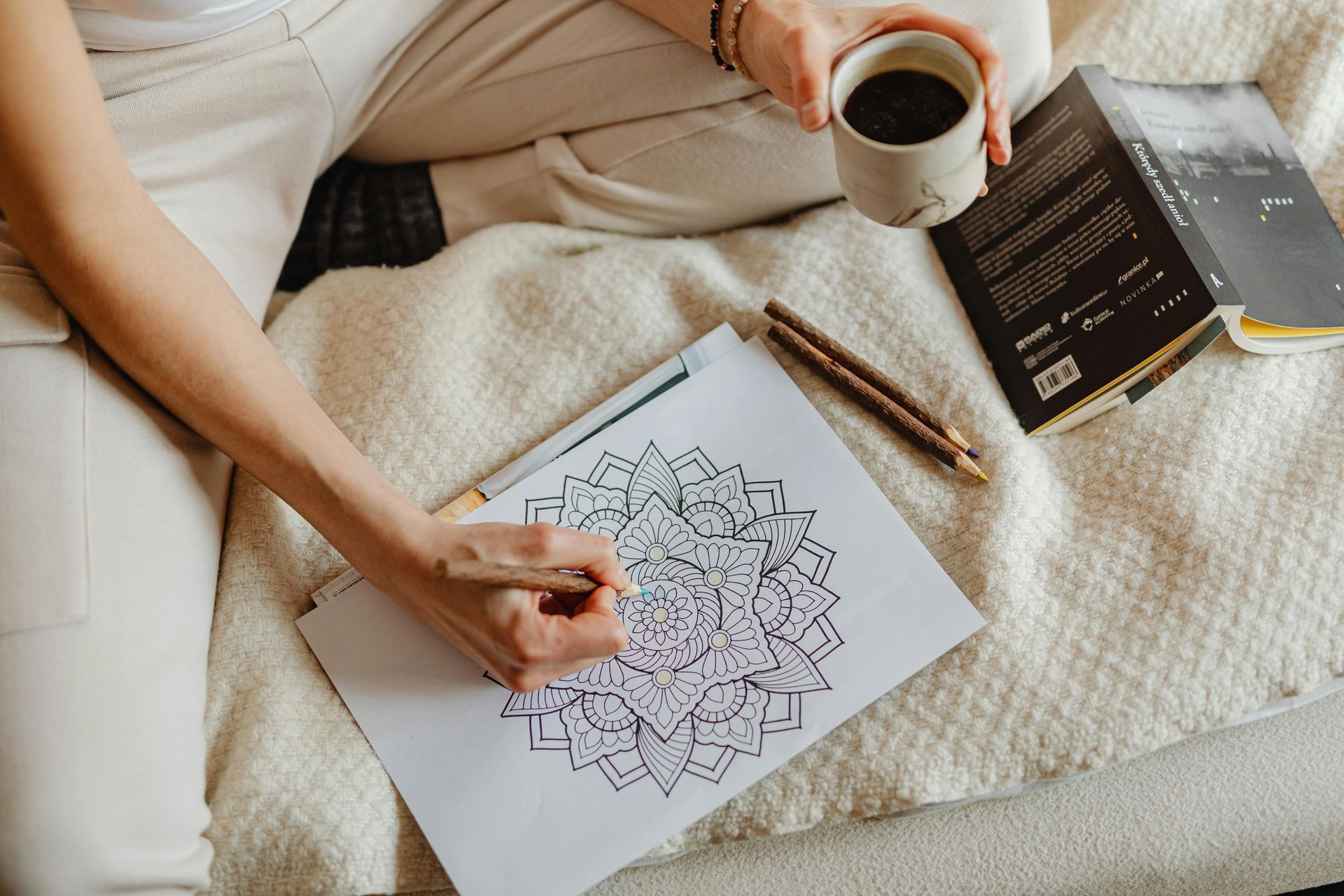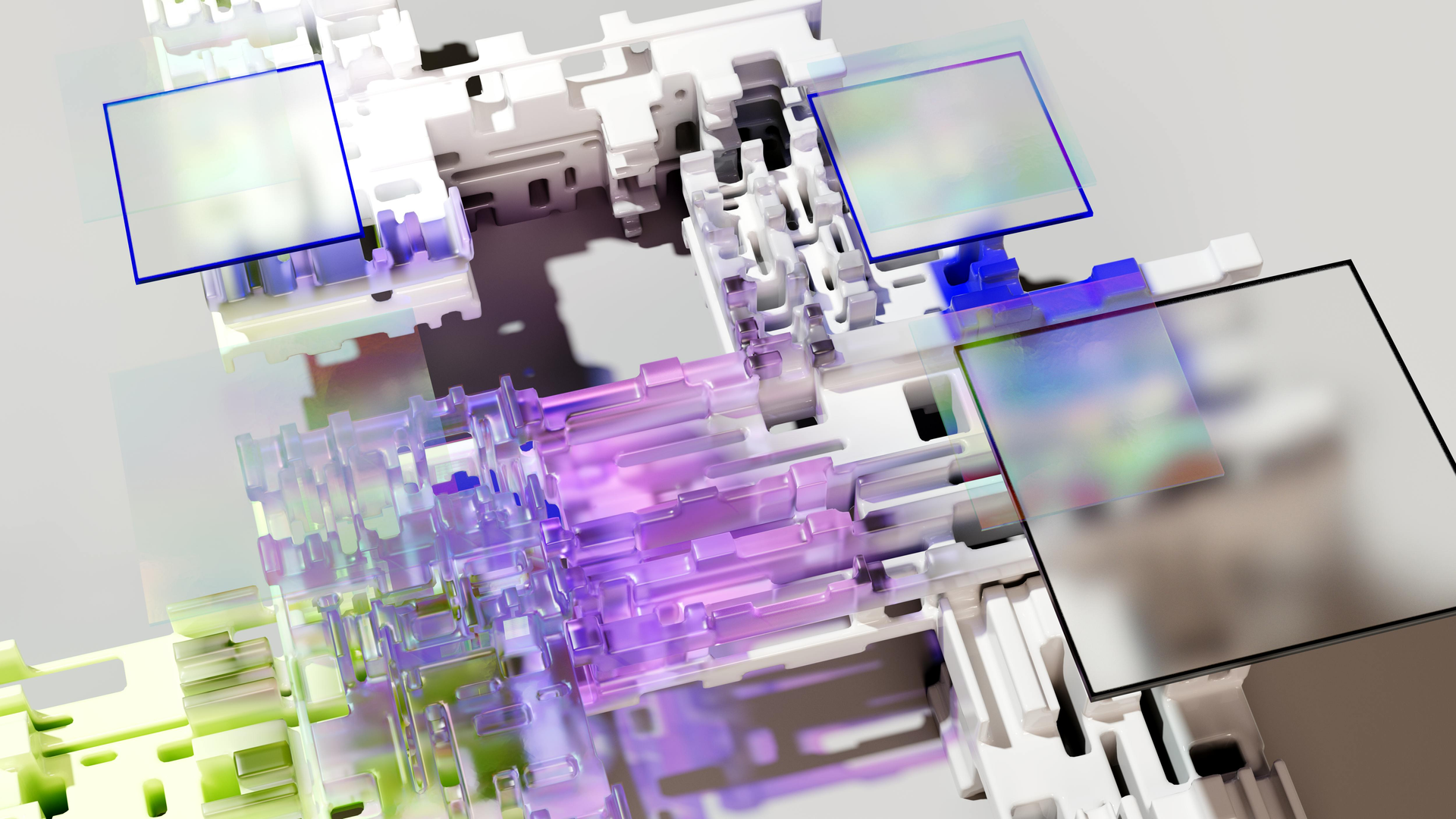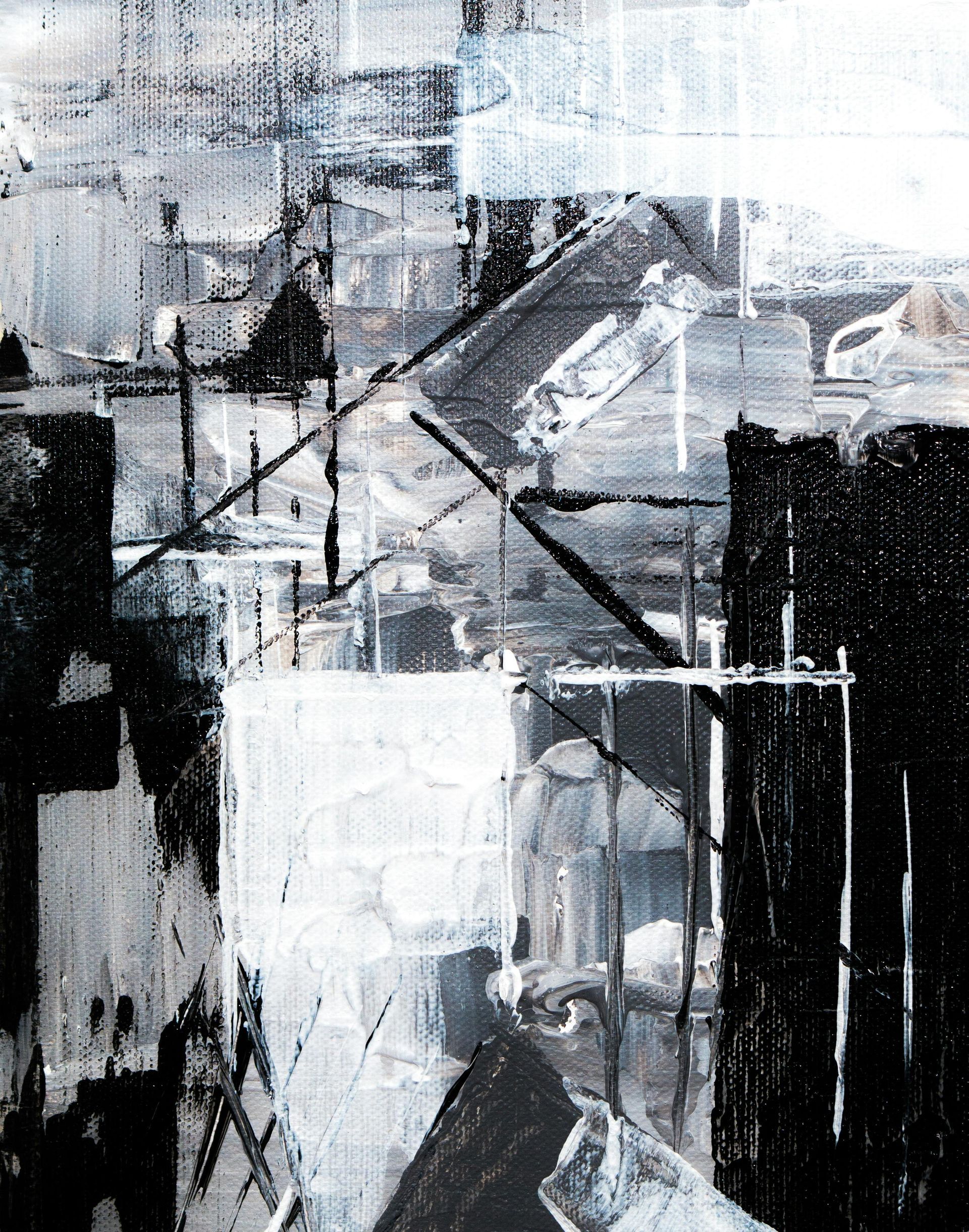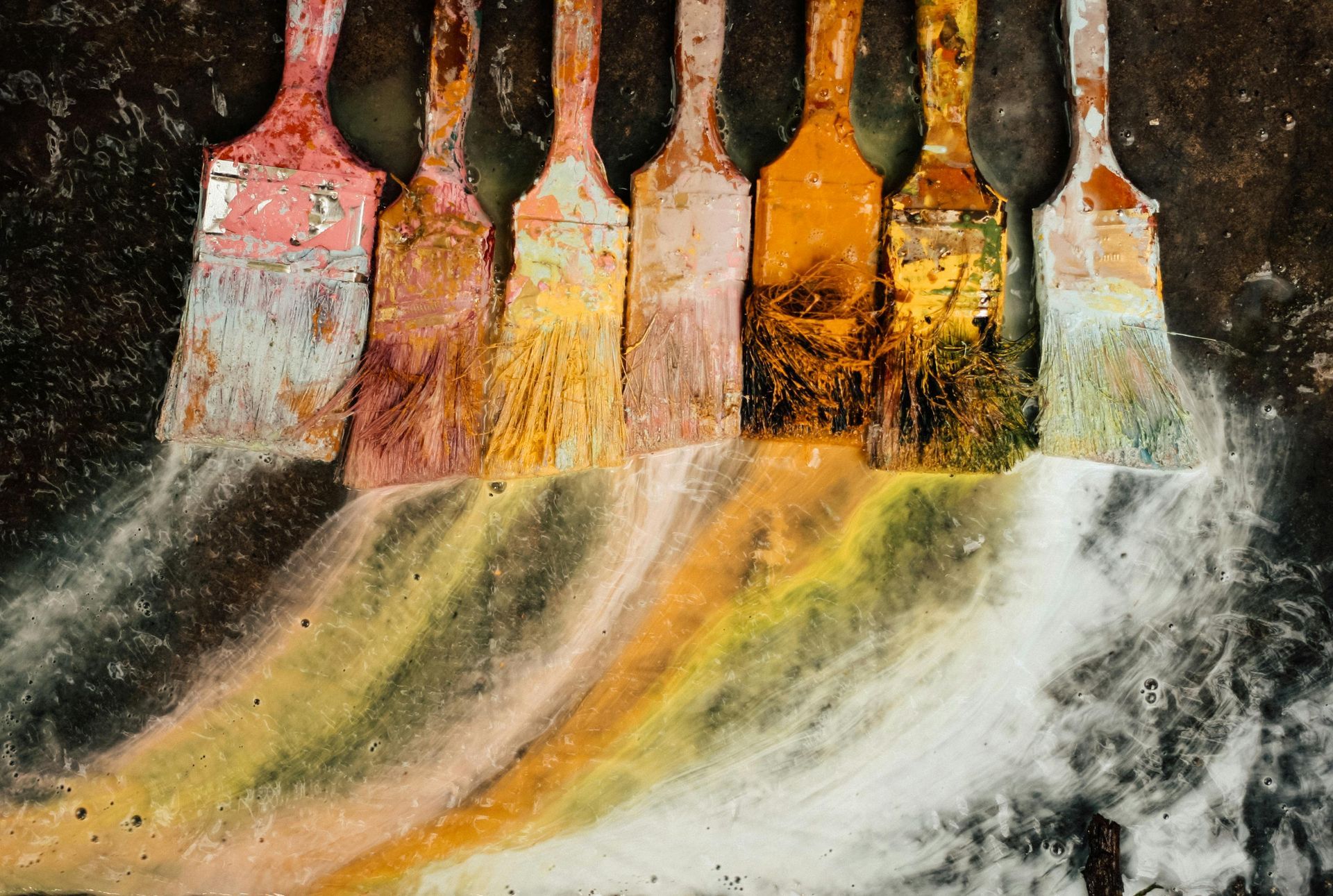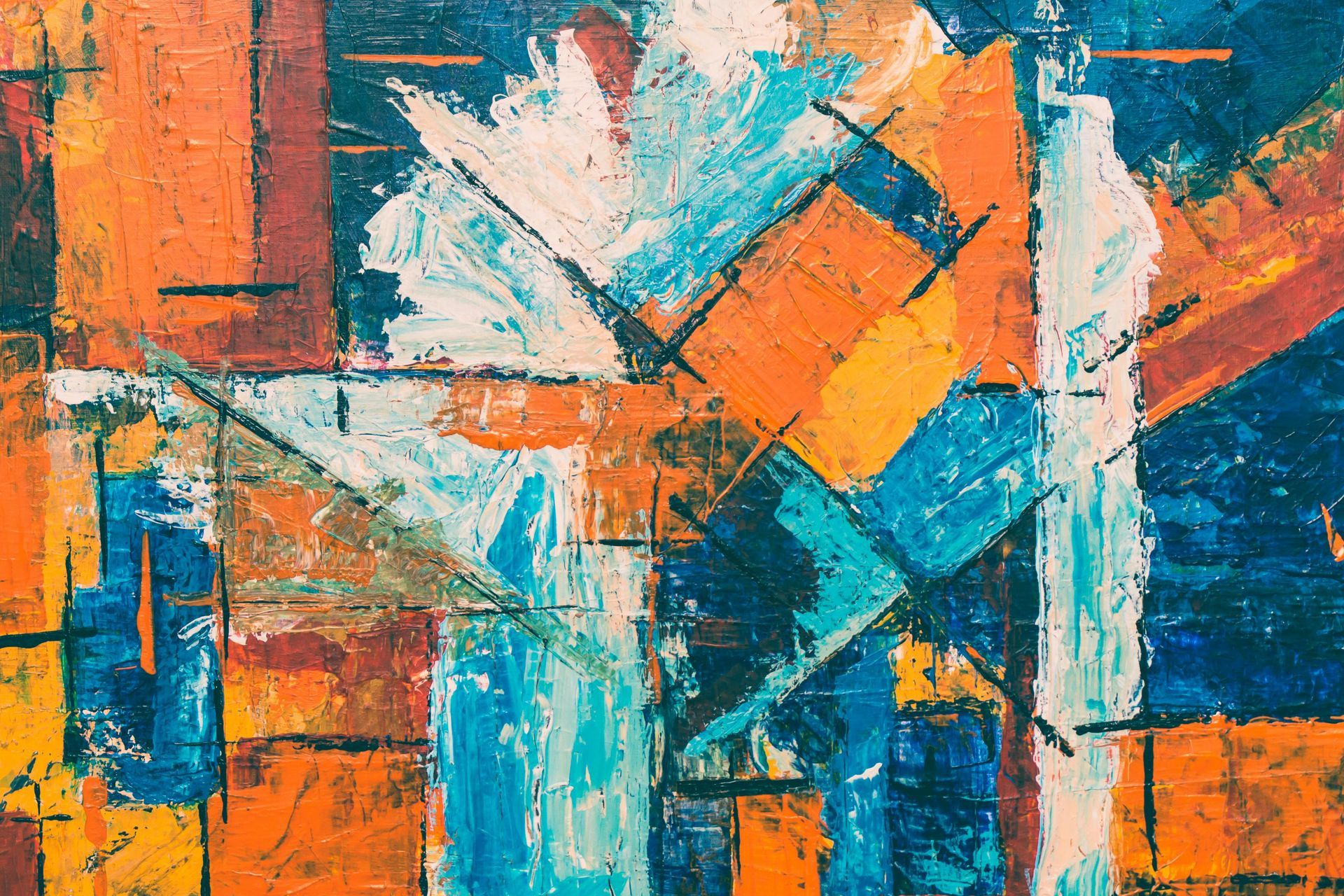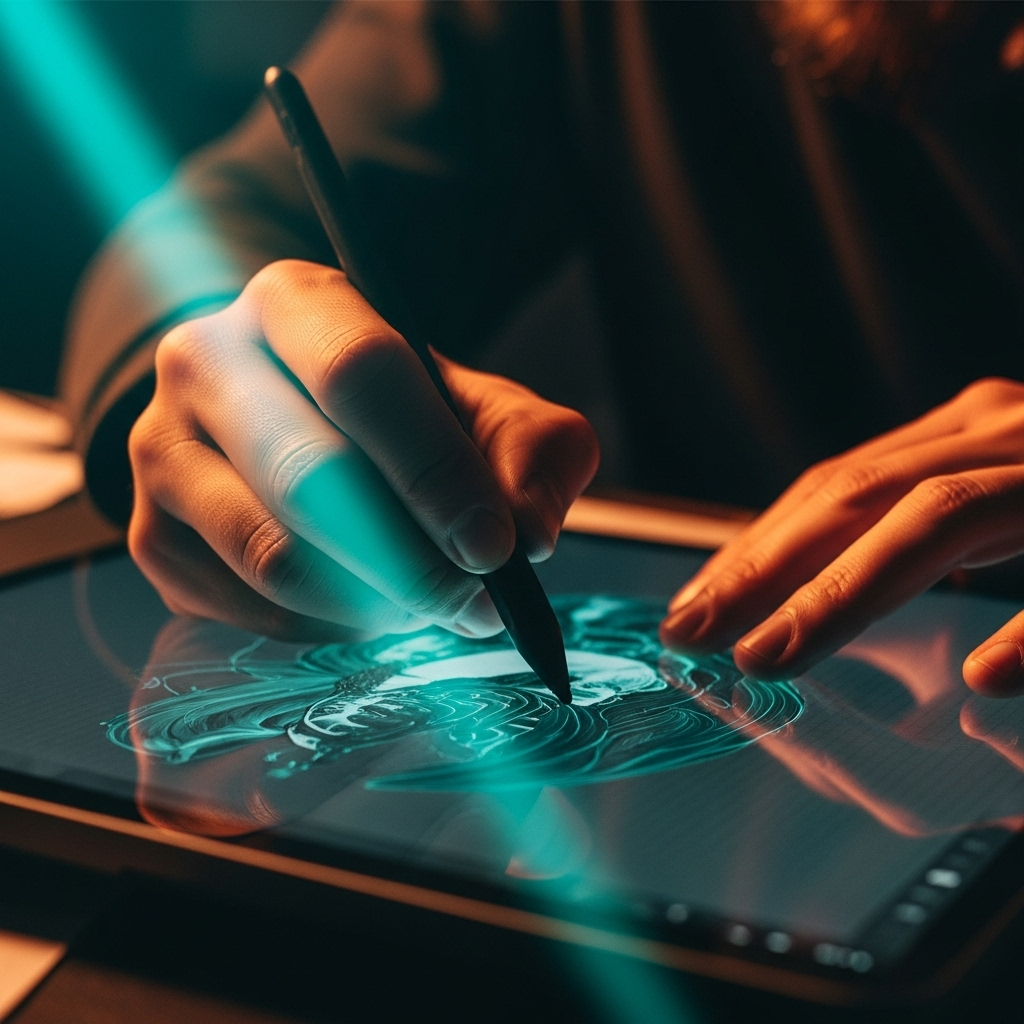Digital Age, Analog Healing: Why Traditional Art Matters More Than Ever
While we argue about AI replacing artists, something profound is happening: Traditional art-making is becoming our most powerful antidote to digital overwhelm.
Yesterday we shared transformation stories. Today, discover why paintbrushes might be more therapeutic than any app ever created.
The crisis hiding in plain sight:
Children with higher screen exposure show weaker tactile exploration skills and use less age-appropriate strategies for discovering their world. Toddlers spending 2+ hours daily on screens explore complex objects like children 12 months younger.
The haptic healing revolution:
While screens engage only 2 senses, traditional art-making activates all 5 simultaneously. Research proves mindful coloring reduces amygdala activity—the brain's fear center—while changing brainwave patterns to match meditation states.
Why clay beats clicks:
Mindfulness-Based Art Therapy using physical materials shows significant decreases in distress and improved wellbeing in cancer patients. The tactile experience of molding clay activates parasympathetic nervous systems, promoting calm and repair.
Digital detox through creation:
Studies reveal that just 15-20 minutes of mindful art-making produces the same stress-reduction benefits as 45 minutes of meditation. Unlike passive digital consumption, creating with hands requires present-moment awareness that naturally quiets mental chatter.
The sensory science:
Physical art materials provide rich sensory feedback screens cannot replicate. Feeling paper texture, smelling paint, hearing charcoal scratch—these multisensory experiences create deeper neural pathways for emotional regulation.
Students choosing analog over digital:
Florida State's research shows MBAT participants report higher satisfaction than digital-only interventions. When given choice between screen-based and hands-on activities, 78% of anxious students prefer traditional materials.
The flow state advantage:
Traditional art-making induces "flow states" 300% more often than digital creation. This deep immersion naturally disconnects us from digital noise while building sustained attention capabilities.
At Portraet, we witness this daily renaissance.
Artists tell us creating with physical materials feels like "coming home to themselves." They report deeper satisfaction, reduced anxiety, and stronger emotional connections to their work than when creating digitally.
The irony? Technology helps us rediscover analog healing.
We share mindful drawing tutorials online, build communities around traditional techniques, and use digital platforms to celebrate handmade creation.
